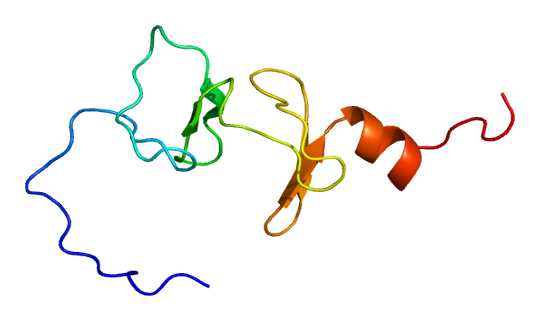Emery–dreifuss Muscular Dystrophy

Emery–Dreifuss muscular dystrophy is a condition that mainly affects muscles used for movement, such as skeletal muscles and also affects the cardiac muscle, it is named after Alan Eglin H. Emery and Fritz E. Dreifuss.
Signs and symptoms
Symptoms of EDMD begin in teenage years with toe-walking, rigid spine, face weakness, hand weakness and calf hypertrophy. Among other signs/symptoms of Emery–Dreifuss muscular dystrophy are:
- Muscle weakness EDMD can affect the shoulders and lower legs
- Cardiac involvement can affect an individuals heart rate (bradycardia, palpitations)
- Contractures of the muscles occurs slowly, eventually leading to the need for orthopedics (walker, cane)
Genetics


Mutations in the EMD, LMNA, and several other genes cause the various types of Emery–Dreifuss muscular dystrophy. The EMD and LMNA genes provide instructions for making proteins that are components of the nuclear envelope, which surrounds the nucleus in cells. The nuclear envelope regulates the movement of molecules into and out of the nucleus, and researchers believe it may play a role in regulating the activity of certain genes.
| Type | OMIM | Gene | Description |
|---|---|---|---|
| EDMD1 | 310300 | EMD | This gene provides instructions for making a protein called emerin, a transmembrane protein of the inner nuclear membrane which appears to be essential for the normal function of skeletal and cardiac muscle. Most EMD mutations prevent the production of any functional emerin. |
| EDMD2, EDMD3 | 181350 | LMNA | Emery–Dreifuss muscular dystrophy also results from mutations in the LMNA gene. This gene provides instructions for making two very similar proteins, lamin A and lamin C. Most of the LMNA mutations that cause this condition result in the production of an altered version of these proteins. |
| EDMD4 | 612998 | SYNE1 | Here one finds that muscle cells indicate loss of nuclear envelope consistency, additionally the affected individual experiences cerebellar ataxia at approximately 30 years of age. |
| EDMD5 | 612999 | SYNE2 | In SYNE2 we see a transition in said gene, that results in T89M as a result of a substitution. Via fluorescent in-situ hybridization the gene is located at chromosome 14q23 |
| EDMD6 | 300696 | FHL1 | This x-linked type of EDMD is had via mutations in the FHL1 gene, where protein gels (Western blots) indicate less band expression, with mutations in exon 5–8 on the gene |
| EDMD7 | 614302 | TMEM43 | Heterozygous |
Diagnosis
The diagnosis of Emery–Dreifuss muscular dystrophy can be established via single-gene testing or genomic testing, and clinically diagnosed via the following exams/methods:
- CAT scan
- Serum CK analysis
- EKG
- Echocardiogram
- Electromyogram
- Immunodetection
Classification
The types of Emery–Dreifuss muscular dystrophy are distinguished by their pattern of inheritance: X-linked, autosomal dominant, and autosomal recessive.
- Autosomal dominant Emery–Dreifuss muscular dystrophy individuals experience heart problems with weakness (and wasting) of skeletal muscles and Achilles tendon contractures.
- X-linked Emery–Dreifuss muscular dystrophy is the result of the EMD gene, with cardiac involvement.
- Autosomal recessive individuals with this type of the disorder demonstrate cardiac issues, such as arrhythmia. Individuals who acquire EDMD via the autosomal recessive route have an incidence of 1 in 300,000.
Treatment
The treatment (management) of Emery–Dreifuss muscular dystrophy can be done via several methods, however secondary complications should be considered in terms of the progression of EDMD, therefore cardiac defibrillators may be needed at some point by the affected individual. Other possible forms of management and treatment are the following:

- Orthopaedics
- Surgery
- Monitor/treat any cardiac issues
- Medication (beta-blockers, ACE inhibitors)
- Respiratory aid
- Physical therapy
See also
- Laminopathies
- Noncompaction cardiomyopathy